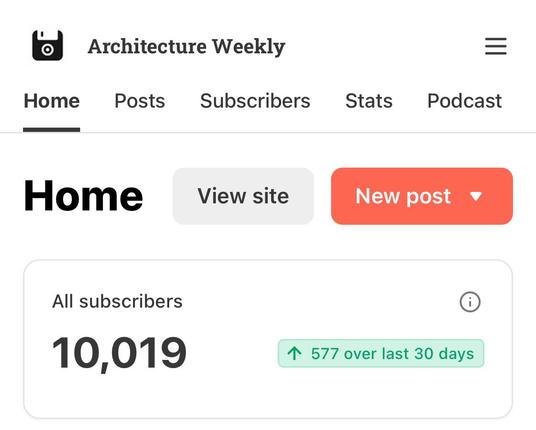I've been facilitating the #EventStorming sessions for years now, and something keeps catching my attention.
While teams naturally focus on mapping out those orange event sticky notes (the backbone of any EventStorming session), they often underestimate the power of two critical elements: Hot Spots and Notes.
What I value most about Hot Spots and Notes isn't just how they improve workshops - it's how they change team culture around uncertainty.
In technical discussions, we often feel pressure to know everything immediately.
Hot Spots create permission to say, "I don't know yet" while still making progress. They transform uncertainties from conversation-killers into clearly defined next steps.
I've seen teams evolve from hiding what they don't know to actively hunting for uncertainties as valuable information. Questions become assets rather than liabilities.
If you're incorporating EventStorming into your toolkit, don't underestimate these powerful elements. They might not get as much attention as domain events, but in my experience, they often separate a productive modelling session from a frustrating stalemate.
Read more in the latest #ArchitectureWeekly: https://www.architecture-weekly.com/p/the-underestimated-power-of-hot-spots
